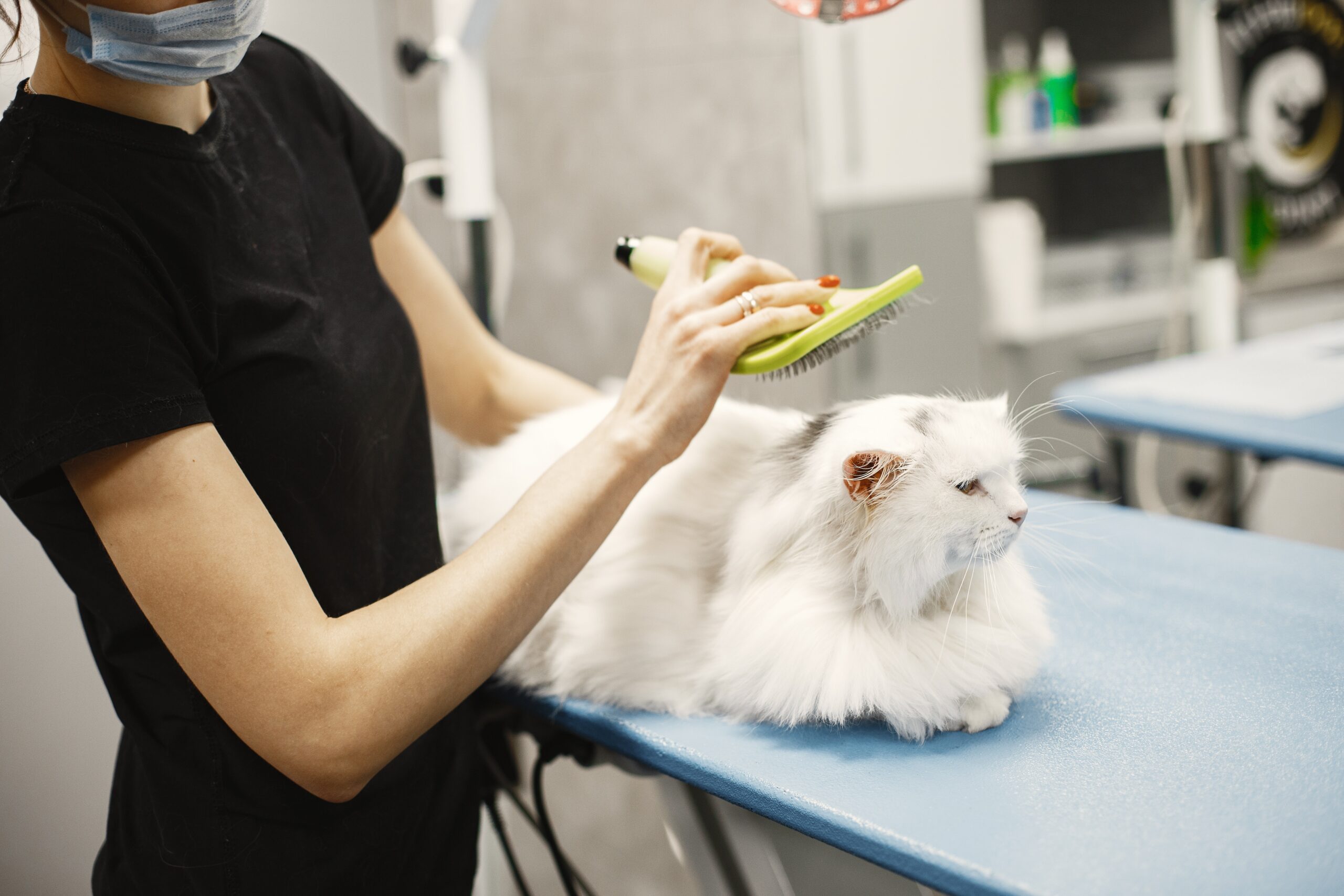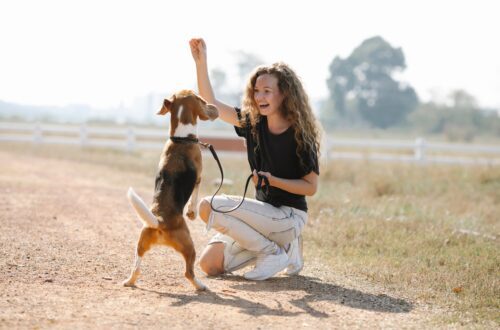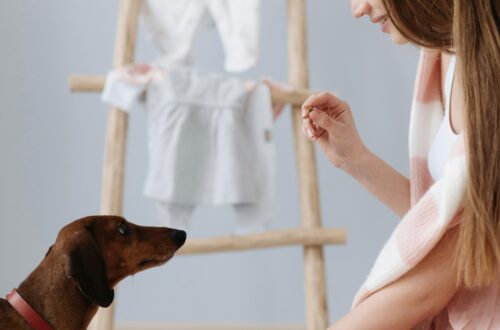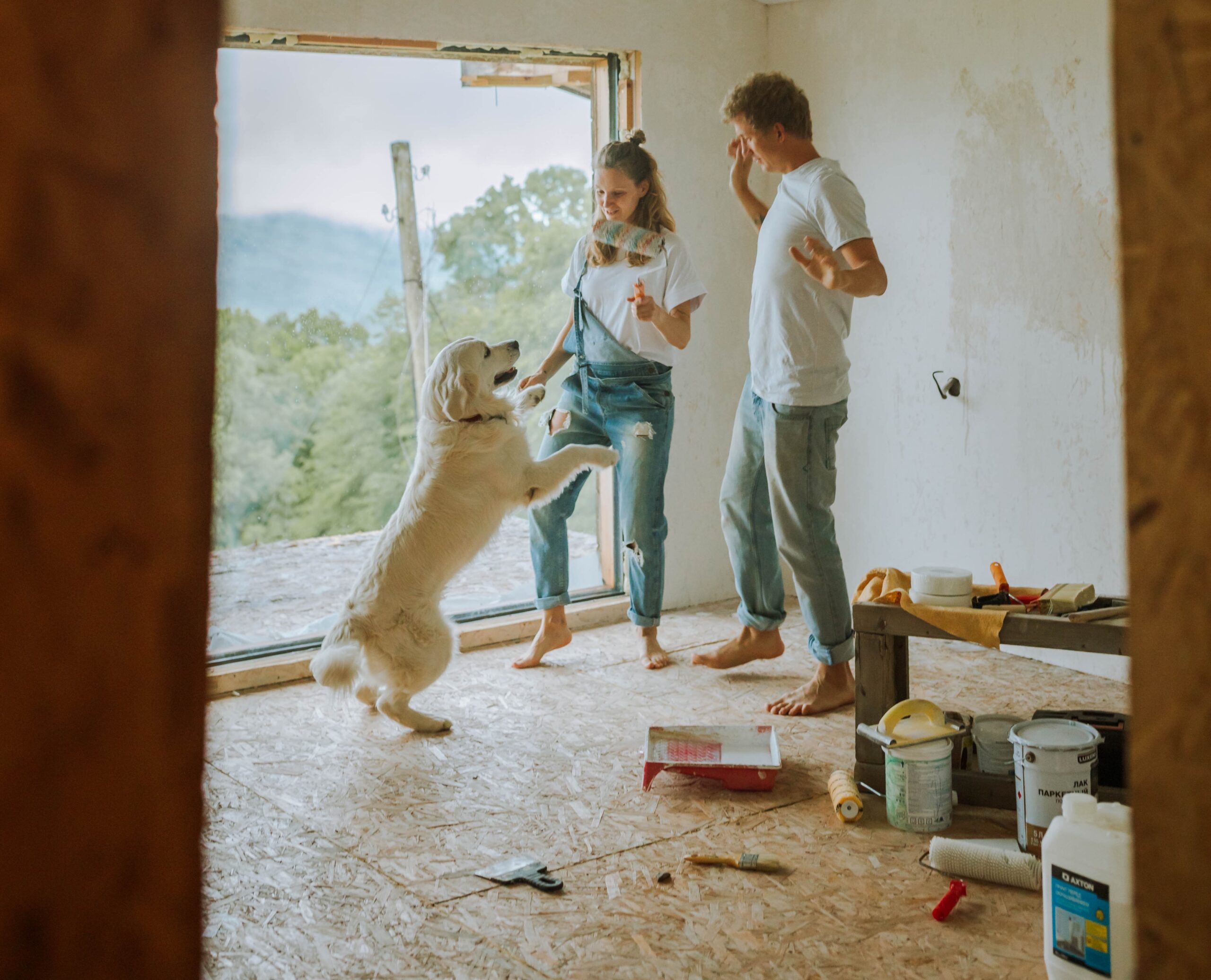
Pet Training Tips
The growth and welfare of pets depend heavily on training. It encourages good behavior, assures their safety, and aids in the development of a link between the pet and its owner. The following common advice for training dogs.
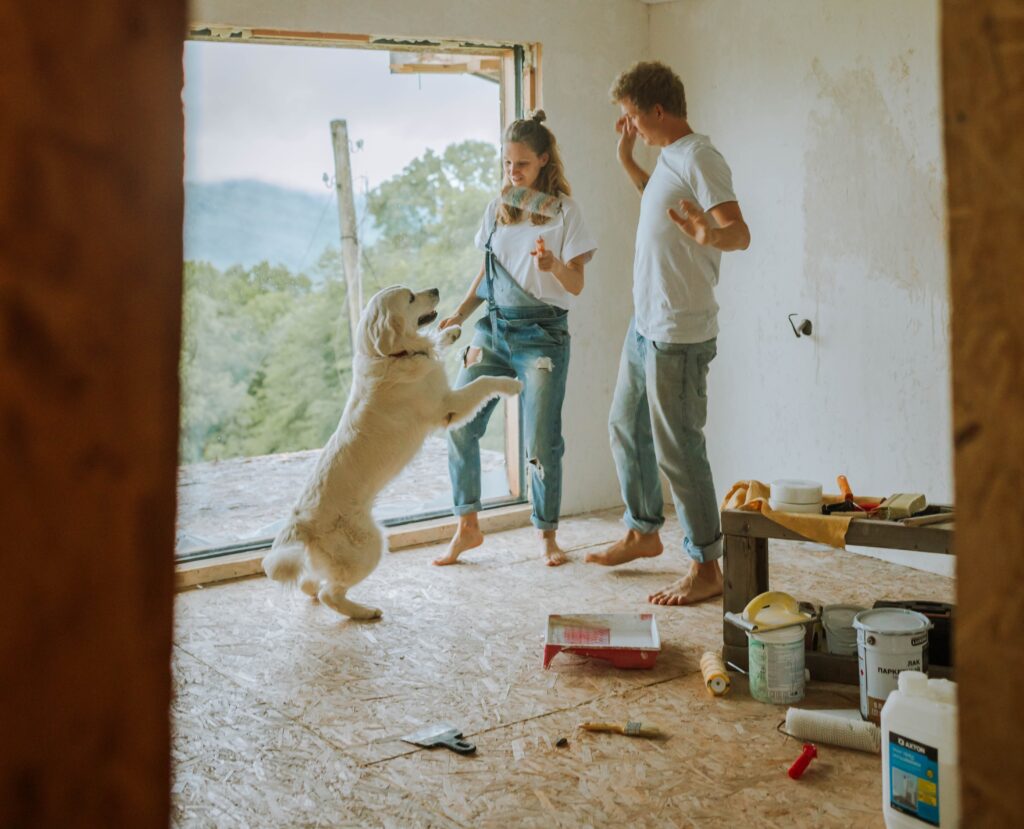
Start Early
As soon as you get your pet home, start training them. During their formative years, puppies and kittens are more open to learning.
Positive Reinforcement
Reward your pet for desired behaviors by using positive reinforcement strategies like treats, praise, and play. This method encourages children to continue exhibiting those behaviors.
Consistency
Maintain consistency in your training procedures and goals. To prevent your pet from being confused, continuously use the same orders and cues.
Basic Commands
Teach your pet the fundamental instructions, such as sit, stay, come, and leave. These instructions lay the groundwork for more instruction and guarantee their security in a variety of circumstances.
Socialization
To help your pet grow up to be well-adjusted and sociable, expose them to a variety of people, animals, and situations from a young age. This might lessen anxiety or hostility towards strange surroundings.
Persistence and patience
These are necessary for training. Be patient and don’t give up if your pet doesn’t pick things up right away. Maintain a cheerful attitude throughout training sessions.
Gradual progression
Begin with easy chores and progressively make them harder as your pet gains proficiency. This strategy avoids overpowering them and encourages continuous advancement.
Professional Assistance
If you’re having trouble teaching your dog or are having trouble with a particular behavior problem, think about getting help from a qualified dog trainer or animal behaviorist. They can offer specialized advice and knowledge.
Keep in mind that every creature is different and that their breed, personality, and specific needs may dictate different training techniques. Make adjustments as necessary, and always put patience and encouraging reinforcement first during teaching
